Exploring the Must-Visit Temples in Bangkok

Before we dive into the temples, there are a few things to keep in mind. When visiting temples in Bangkok, it's essential to dress appropriately. Make sure to cover your shoulders and knees, preferably wearing long loose pants or a long skirt. Additionally, any tattoos should be covered up, and it's customary to take off your shoes before entering the temple. Also, remember not to point your toes in the direction of the Buddha.
Temple of the Emerald Buddha & The Royal Palace
It took me 3 or maybe even 4 attempts to visit this temple complex. Due to various circumstances like not finding the entrance or it being closed for events it was the last one I visited before flying home.
The Royal Palace is a massive site, covering an area equivalent to about 142 football fields. While the king and the royal family no longer reside here, the palace is still used for official business a few times a year.
The Temple of the Emerald Buddha, located within the palace grounds, is the most important temple. The highlight of this temple is the 66-centimeter high Buddha statue made of jade. Interestingly, the statue's jacket changes three times a year, and only the king has the privilege of changing it.
Inside the temple of the Emerald Buddha photography is not allowed. The strictness was evident as people were asked to delete any pictures they had taken.
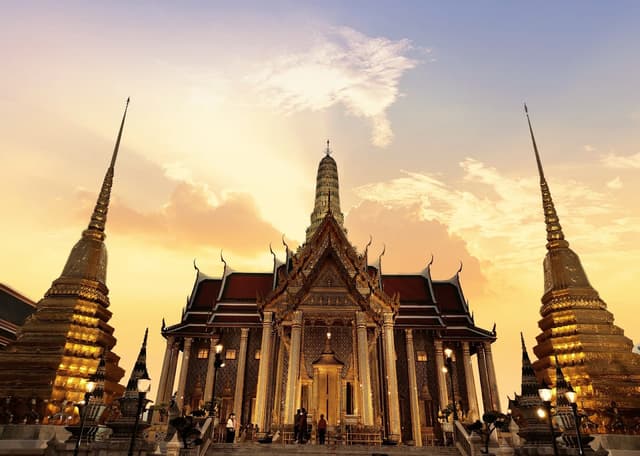
The entrance fee to both the temple and the Grand Palace is 500 baht, making it the most expensive site to visit in Bangkok. Personally, the Grand Palace and the Temple of the Emerald Green Buddha were not my favorites among the temples I visited. I had expected to see more of the palace than just the facade, and the Emerald Buddha was less impressive compared to the massive golden statue and the giant reclining Buddha I'll be taking you to further down the guide. Nevertheless, the well-maintained grounds and the presence of bonsai trees and flowers added to the overall beauty of the place.
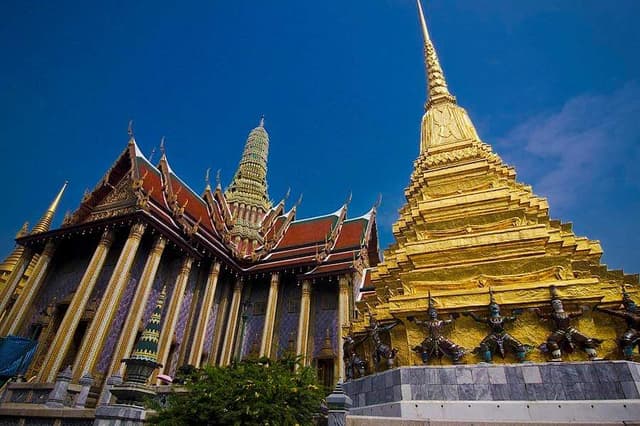
Temple of the Reclining Buddha /Wat Pho
Wat Pho, also known as Wat Chetuphon or the Temple of the Reclining Buddha houses a giant Buddha statue measuring up to 15 meters high and 46 meters long. It's truly a colossal sight.
One of the things I love most about Buddhist temples is the intricate and vibrant murals on the walls. Luckily, I had the opportunity to witness a monk meticulously touching up these beautiful murals using traditional techniques. The Wat Pho complex is much larger than just the Temple of the Reclining Buddha. As I explored, I was captivated by the colorful stupas covered in Chinese ceramics. The abundance of Buddha statues both inside and outside the temples was stunning.
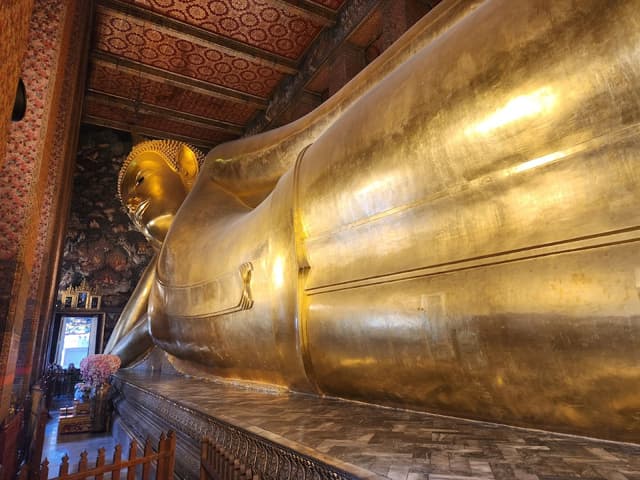
Temple of Dawn/Wat Arun
My Canadian friend Tasha and I hopped on a Tuk Tuk to visit Wat Arun, also known as the Temple of Dawn. This is probably thé most popular temple in the city. To reach it from the city center, we took a ferry across the main river. During the rainy season, the ferry piers tend to get flooded, but the authorities always ensure that visitors can still pass through.
Wat Arun is famous for its stunning stupa, which used to be climbable until recently. Nonetheless, the temple's intricate design and the surrounding area made it a worthwhile stop. While exploring one of the temples on the grounds, we even had the chance to witness a monk blessing people. Tasha waited in line to receive a blessing, while I admired the ritual.
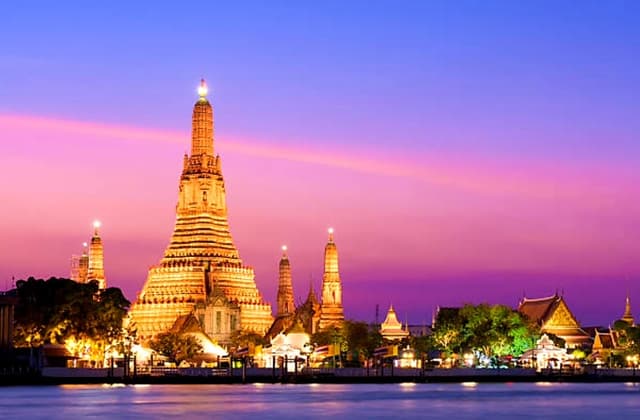
Temple of the Golden Buddha / Wat Traimit
Finally, I made it to Wat Traimit, also known as the Temple of the Golden Buddha. Getting here was quite an adventure, as I initially took the wrong bus and ended up in a different location. Eventually, I settled for a thrilling Grab bike ride, which allowed me to experience the bustling Bangkok traffic in a whole new way.
The Golden Buddha at Wat Traimit is truly a marvel. Standing at over three meters tall and weighing a whopping 5.5 tons, this golden statue is the largest solid gold statue in the world. It was discovered in a temple in Chinatown, which was on the verge of being demolished. The mystery surrounding its origin, believed to be from the old capital Ayutthaya, adds to its allure. With an entrance fee of only 40 baht, this temple is a must-visit. On top of that it is located in Chinatown, another great area to explore.
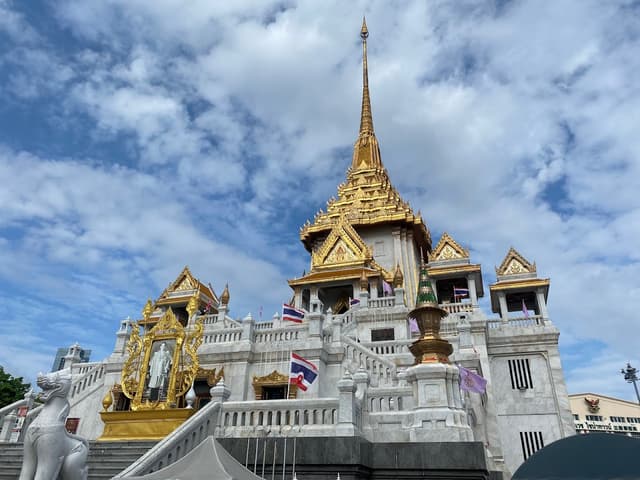
Temple of the Golden Mount / Wat Saket
Before the scorching sun takes its toll, I made it to Wat Saket, also known as the Temple of the Golden Mount. This temple used to be the highest point in the city, standing 80 meters above the surrounding area.
To reach the top, I climbed 344 steps, which were quite low. I couldn't help but take them two by two, totaling 172 steps for me. The descent, however, posed a challenge with its smaller steps. Nevertheless, the effort was worth it as I enjoyed the panoramic view from the peak.
Interestingly, Wat Saket has a haunting past. During the time of the plague, it served as a crematorium. Due to the overwhelming number of deaths, it earned the nickname "Vulture Hill." Today, it stands as a beautiful temple, serving as a testament to the city's history.
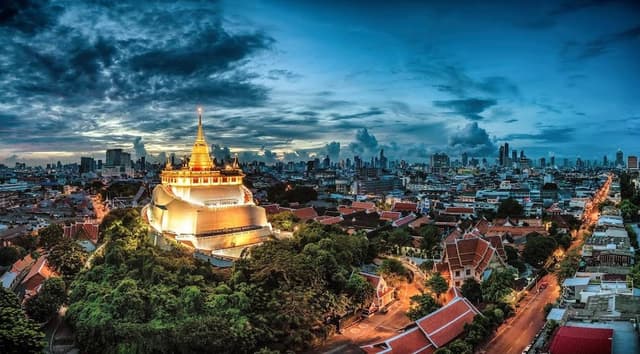
The home for unique & authentic travel